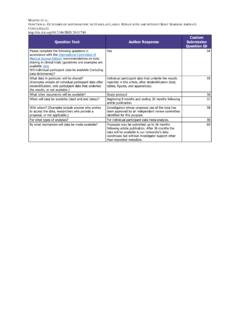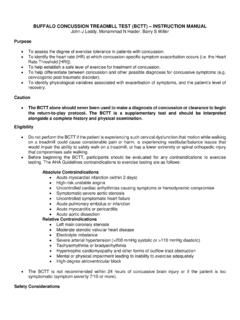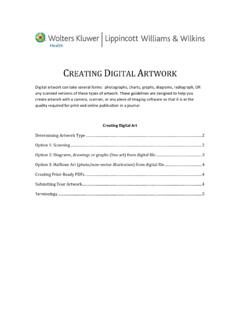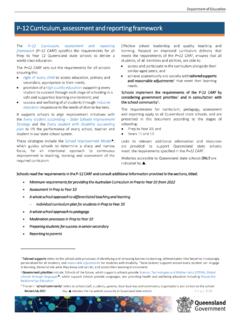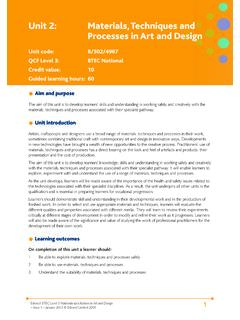Transcription of POSTPARTUM HEMORRHAGE (PPH) RISK ASSESSMENT …
1 POSTPARTUM HEMORRHAGE (PPH) RISK ASSESSMENT TABLE CATEGORY: ADMISSION Low RiskMedium Risk(2 or More Medium Risk Factors Advance Patient to High Risk Status)High Riskq No previous uterine incisionq Induction of labor (with oxytocin) or Cervical ripening q Has 2 or More Medium Risk Factorsq Singleton pregnancyq Multiple gestation q Active bleeding more than bloody show q 4 Previous vaginal birthsq >4 Previous vaginal birthsq Suspected placenta accreta or percretaq Prior cesarean birth or prior uterine incisionq Placenta previa.
2 Low lying placentaq No known bleeding disorderq Large uterine fibroidsq Known coagulopathyq No history of PPHq History of one previous PPHq History of more than one previous PPHq Family history in first degree relatives who experienced PPH (known or unknown etiology with possible coagulopathy)q Hematocrit <30 AND other risk factorsq Chorioamnionitisq Platelets <100,000/mm3q Fetal demiseq PolyhydramniosAnticipatory InterventionsMonitor patient for any change in risk factors at admission and implement anticipatory interventions as Blood Bank Order.
3 Change blood bank orders as needed if risk catego-ry changes q Clot Only (Type and Hold)q Obtain Type and Screenq Obtain Type and Cross (See Clinical Guidelines)q Notify appropriate personnel such as the Provider (OB MD/CNM), Anesthesia, Blood Bank, Charge Nurse, Clinical Nurse Specialistq Notify appropriate personnel such as the Provider (OB MD/CNM), Anesthesia, Blood Bank, Charge Nurse, Clinical Nurse Specialist q Consider delivering at a facility with the appropriate level of care capable of managing a high risk mother 2017 by the Association of Women s Health, Obstetric and Neonatal Nurses.
4 All rights reserved. Requests for permission should be directed to The POSTPARTUM HEMORRHAGE (PPH) Risk ASSESSMENT Table is exemplary and does not include all possible patient complaints or conditions. The PPH Risk ASSESSMENT Table is designed to guide clinical decision-making but does not replace clinical judgment. CLINICIAN GUIDELINES: Each box q represents ONE risk factor. Treat patients with 2 or more medium riskfactors as high risk. Prenatal risk ASSESSMENT is beyond the scope of this document, however performinga prenatal HEMORRHAGE risk ASSESSMENT and planning is highly recommended.
5 Earlyidentification and management preparation for patients with special considerationssuch as placental previa/accreta, bleeding disorder, or those who decline bloodproducts will assist in better outcomes. Adjust blood bank orders based on the patient s most recent risk category. When a patientis identified to be at high risk for HEMORRHAGE verify that the blood can be available on theunit within 30 minutes of a medical order. Plan appropriately for patient and facility factors that may affect how quickly the blood isdelivered to the patient.
6 For example, Patient issues: Pre-existing red cell antibody Facility issues: Any problems at your facility related to the blood supply and obtaining blood 2017 by the Association of Women s Health, Obstetric and Neonatal Nurses. All rights reserved. Requests for permission should be directed to The POSTPARTUM HEMORRHAGE (PPH) Risk ASSESSMENT Table is exemplary and does not include all possible patient complaints or conditions. The PPH Risk ASSESSMENT Table is designed to guide clinical decision-making but does not replace clinical judgment.
7 To access the full 3 page Risk ASSESSMENT Tool, users may visit and enroll in the POSTPARTUM HEMORRHAGE online education 2. Reprinted with permission from The AWHONN POSTPARTUM HEMORRHAGE Project. POSTPARTUM HEMORRHAGE (PPH) risk ASSESSMENT table Available at: assets pdfs PPH_Risk_Assessment_Table-7-17-15. Retrieved September 18, 2019. The authors provided this information as a supplement to their article.
